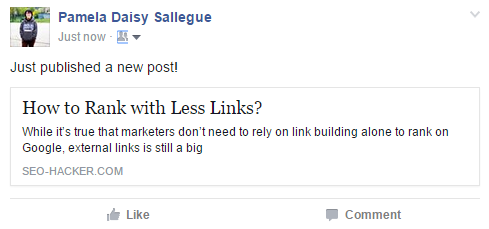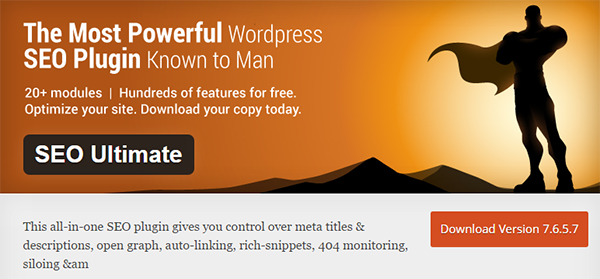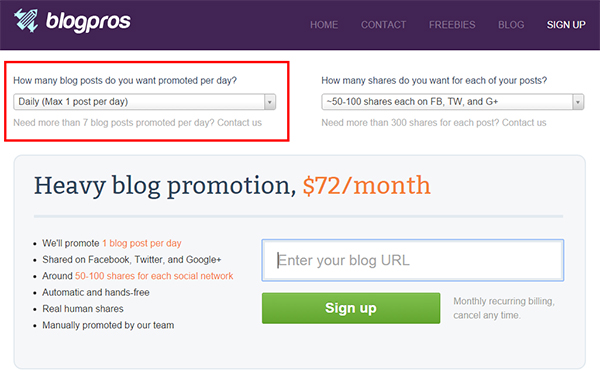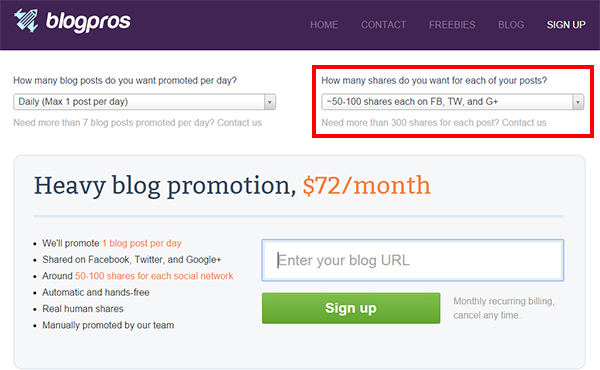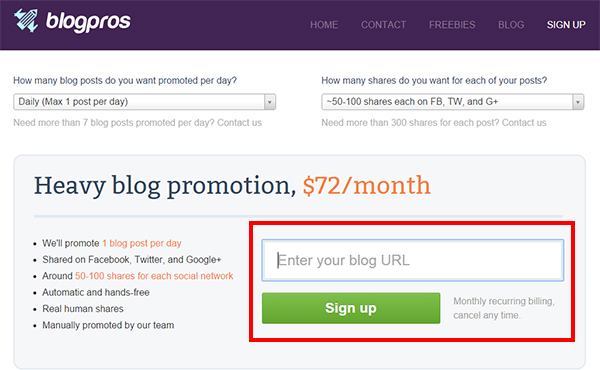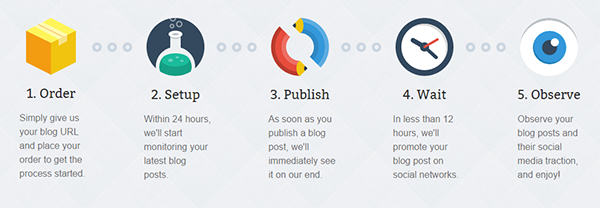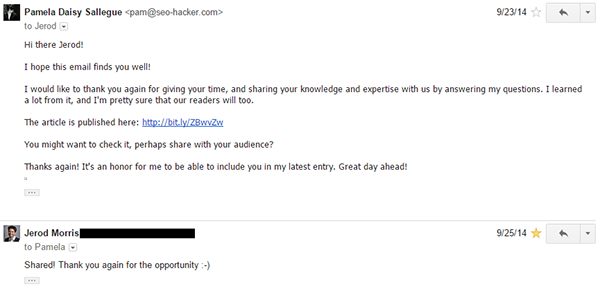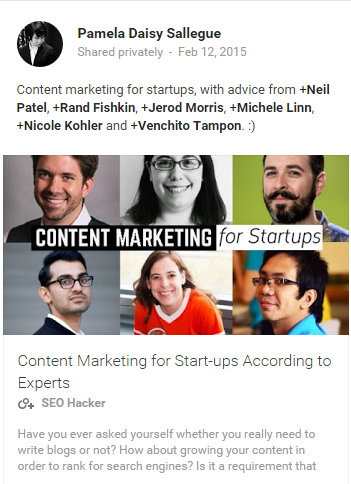Open graph meta tags serve the same purpose as regular meta tags (that you should still fill out), but when your link is shared on social media (by you or a fan), the open graph data will be used instead.[bqc]
Six Ways to Get People to Share your Content
Fifty percent of content marketing is dedicated to topic and content creation, while the other half is for its amplification.
There are so many ways to amplify your content (like through e-mail marketing or joining communities), but getting social shares is what marketers aim for. Perhaps because it’s still the most effective way to reach the right audience, and to actually broaden your reach. With more than a billion active Facebook users, and almost 300 million on Twitter, who wouldn’t want to be viral in social media?
And this is where I want to focus right now – how do we get more social shares? And I mean organic social shares. How do we get people to share our content?
Prepare your minds for some mind-blowing techniques.
Even if you have good content, you can’t just sit there and expect people to share your content. You need to do something, in fact, after this article, you’ll realize that you have so much more control over the amount of social shares your content is getting.
1. Customize social meta tags
By default, social networks will automatically pull data from your webpage’s meta values whenever you share it in different social media accounts. The post will be something like this:
But with custom title and description, you’ll get this:
Now, which one is more attractive?
Yes, I think it’s too obvious.
If you’re not very familiar with how you can create custom title and description for social networks, you can easily create one through open graph meta tags.
Visit The Open Graph Protocol to know more about this.
It only sounds complicated, but believe me that it isn’t, especially with plug-ins that make it easier for users to add title and meta descriptions for social.
You may use SEO Ultimate:
or SEO Yoast for this.
Other than making your social post more attractive, custom title and description allow your readers to have a better understanding of what your content is about through the title, meta description, and the image associated with it. This gives your audience more reasons to share your content.
2. Ask for shares
There’s nothing wrong with asking, in fact, initial shares from my posts usually come from people inside our office and my sister. Well, because I ask them to read and share it. In fact, by just asking, your social engagement can grow by 40+%!
But don’t keep asking if you’re not willing to do the same favor for them.
3. Use images
Just like the sample I used earlier, which one is the most attractive – the one with the photo or the one without?
People love images, in fact posts that include pictures on Facebook get 104% more comments, 84% better click through rate, and 54% more likes. Also, in a study conducted by Buffer where they analyzed tweets, they discovered that tweets with pictures get 18% more clicks, 89% more favorites, and 150% more retweets.
To help you with creating images that will fit in your social media accounts, you can try out Canva, or follow this 2015 Social Media Image Size Cheat Sheet.
4. Use tools
If you have the budget, you can use tools to help you boost social shares. There are tons of tools that you can try out. But be careful, there are some who use fake social media accounts to generate shares.
Go for trusted ones like Blogpros – this is actually a personal favourite of mine.
The process is easy, just go to the Blogpros Sign-Up Page, choose how many posts you want Blogpros to promote every day:
Then select how many (range) shares you want for each post:
Enter your blog URL:
Then click Sign-Up, and Blogpros will do the rest!
Easy, right? In fact this image is so accurate, you will just have to wait and observe what will happen next:
The best thing about Blogpros is that it actually gives you what they promise – shares from real humans.
5. Do round-up posts
Whenever I do a round-up post, I make sure that the experts included are informed that my article is already published so that they could share it in their communities, then the people from the communities will read and share it too.
There are many ways for you to do this, but what I usually do is to e-mail them that the article is live – just like this:
Or mention them in my post:
This doesn’t just strengthen your relationship with the experts, but it actually makes you more credible because these experts trust you with their advice, and this trust is extended to their audience.
6. Add social sharing buttons
This is very easy to do.
Don’t make it so hard for your audience to share your content. You need to put social sharing buttons if you want them to easily share your post after they finish reading it. You can code it yourself, or you can use plug-ins to help you.
You can check out Blogging Wizard’s post on Social Sharing Plug-ins for WordPress 2015 to help you choose the right plug-in for your site.
Now, where should you place it?
While placing your social sharing buttons at the top of the article can be used as a form of social proof – because the audience will more likely read your post if they see high share numbers – natural readers usually share posts once they are finished reading it, so social sharing buttons should be placed at the bottom.
The best way to understand this is through testing which one works for you.
Final note:
As marketers, we want our content to be shared. But more than just the number, our goal should be to reach the right audience. So consider these practical ways on getting more social shares, but don’t neglect the fact that you have to produce great content so that people will find you relevant, and will not think twice about sharing it.

